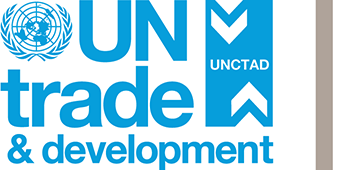Smithkline Beecham Corporation v. Apotex, 403 F.3d 1331 (Fed. Circ. 2005) (United States Court of Appeals, Federal Circuit)
In this decision the United States Court of Appeals for the Federal Circuit ruled that the generic paroxetine hydrochloride anhydrate product which Apotex Corp., Apotex Inc., and TorPharm, Inc. (hereinafter collectively: Apotex) intended to produce would infringe upon claim 1 of U.S. Patent No. 4,721,723 held by SmithKline Beecham Corporation. However, it found claim 1 to be invalid as anticipated under 35 U.S.C. §102(b) (exceptions to novelty).
